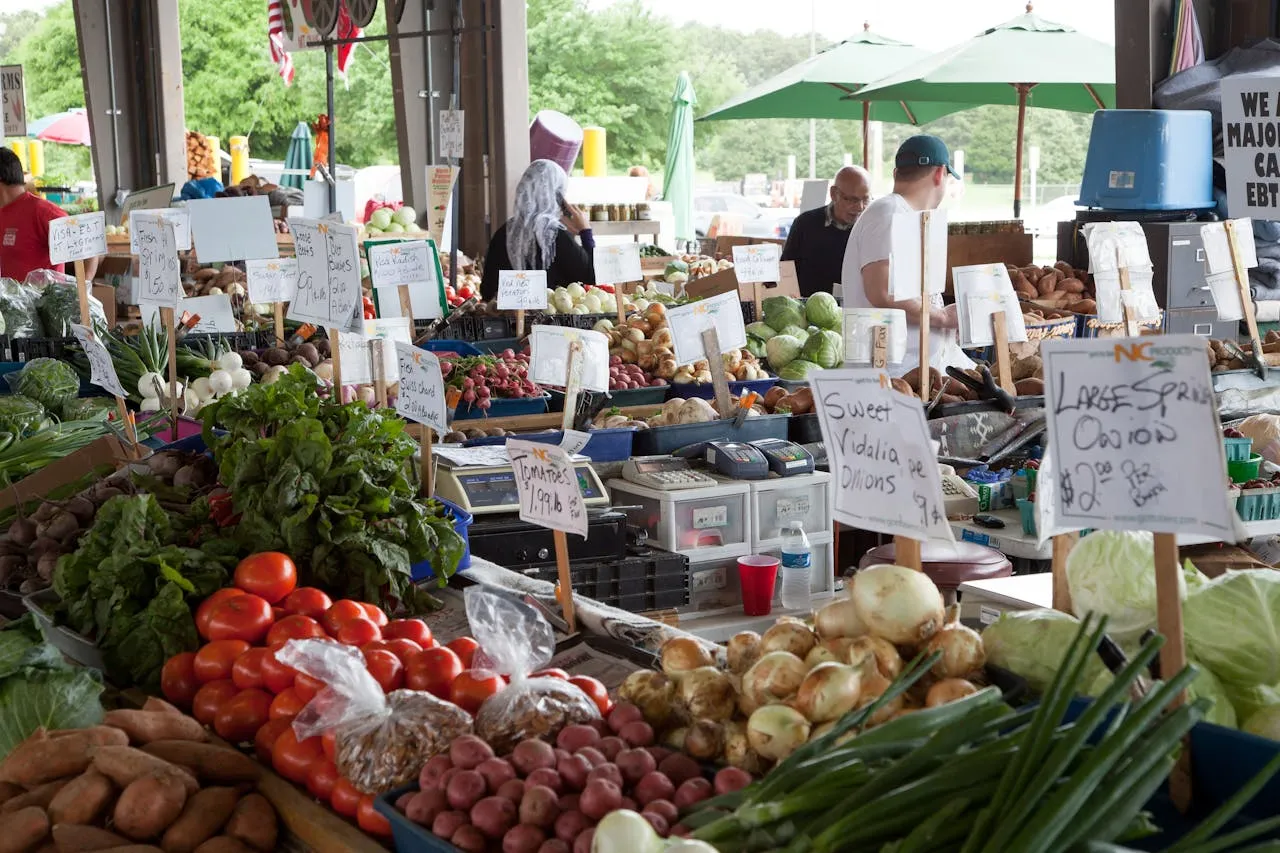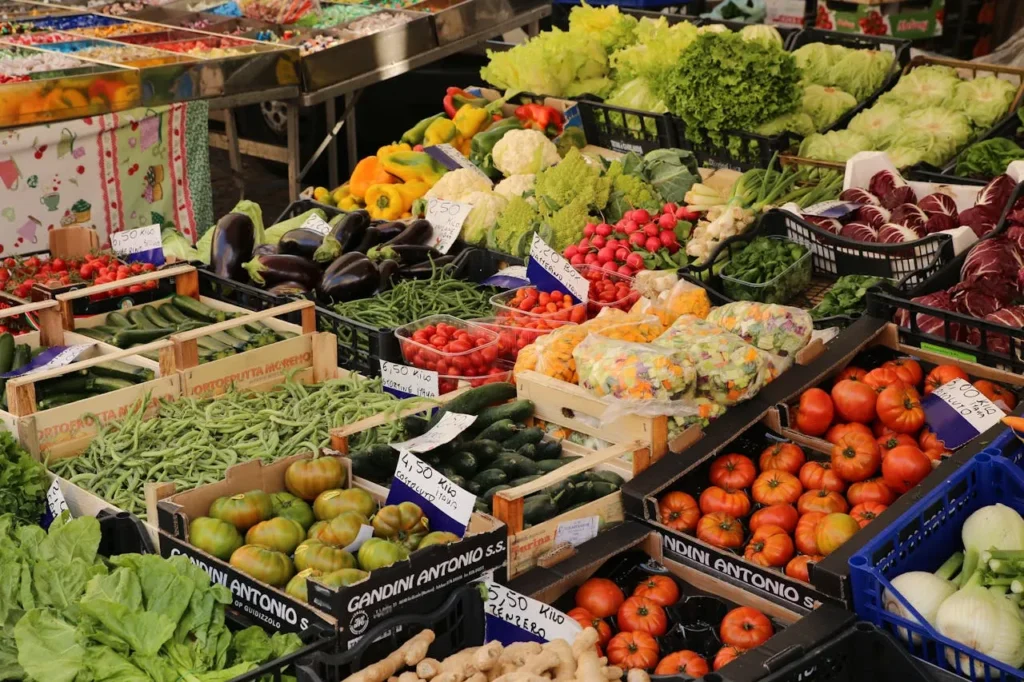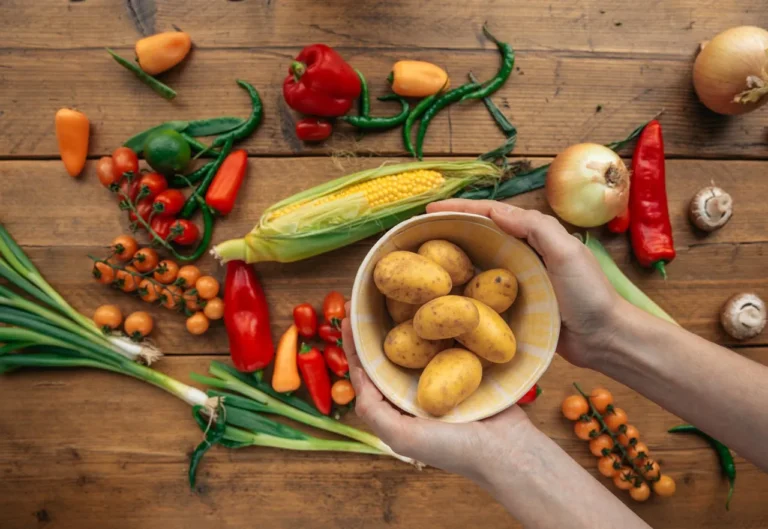
Fruits, Vegetables, and Meats: CDFA and Partners Warn Summer Travelers of Pest Risks
As Memorial Day weekend marks , the unofficial start of summer travel across the United States, millions of Americans are hitting the roads and skies for vacations and family gatherings. But while planning their trips, travelers are being urged by the California Department of Food and Agriculture (CDFA) and its federal and local partners to leave certain items behind—specifically fresh fruits, vegetables, and meat products that could inadvertently introduce harmful pests into California.
Though it may seem harmless to carry a few apples from a backyard tree or a homemade sausage snack for the road, these items can serve as unintentional vehicles for invasive species. Officials warn that non-native pests and plant diseases can travel undetected inside such goods, posing a serious risk to California’s agriculture, natural ecosystems, and even backyard gardens.
The CDFA, working in coordination with the U.S. Department of Agriculture’s (USDA) Animal and Plant Health Inspection Service (APHIS), U.S. Customs and Border Protection (CBP), and county agricultural commissioners throughout the state, is intensifying efforts to raise awareness among holiday travelers. Their unified message is clear: don’t pack food items that could carry pests, and declare any plants or produce being transported for inspection.
Unseen Hitchhikers: The Threat of Invasive Pests
“Invasive pests and plant diseases that make their way into California not only can have devastating consequences for the bountiful agricultural operations throughout the state,” said CDFA Secretary Karen Ross, “but also can impact our community’s ability to grow fruits and vegetables at home, as well as the delicate ecosystems of our natural and working lands. Everyone can play a role in keeping California free from invasive pests and diseases.”
The risks are real. Invasive pests often go unnoticed until it’s too late. These organisms can reproduce quickly and establish strongholds in regions with no natural predators, causing long-term damage that can cost millions of dollars in agricultural losses and control efforts.
One major concern is the invasive fruit fly—particularly the Mediterranean Fruit Fly and the Oriental Fruit Fly—both of which are known to lay eggs in a wide variety of fruits. When the larvae hatch, they feed on the fruit’s pulp, rendering the produce inedible and unmarketable. An outbreak can result in quarantine zones, agricultural trade restrictions, and extensive treatment programs to contain the infestation.
A Costly Lesson from 2023
California’s vulnerability to invasive fruit flies was starkly highlighted in 2023 when the state experienced the most extensive invasive fruit fly outbreak in over a century. The outbreak, attributed to the illegal movement of infested produce, led to a cascade of consequences. Entire agricultural zones were placed under quarantine, forcing commercial growers to halt operations and preventing residents from transporting or sharing homegrown produce.
“The 2023 outbreaks were a wake-up call,” said one senior CDFA official. “It reminded us that even small-scale transportation of fresh food items—from one backyard to another, or across county lines—can have serious and far-reaching consequences.”
As of now, California continues to enforce two active quarantine areas to combat invasive fruit fly populations: one in parts of Alameda and Santa Clara counties for the Mediterranean Fruit Fly, and another in parts of Orange County for the Oriental Fruit Fly. These quarantines restrict the movement of host fruits and vegetables within and out of the affected zones and require ongoing monitoring and intervention efforts.

Canine Detectors and Airport Inspections
To help enforce these preventive measures, CBP agriculture specialists play a critical frontline role in stopping potentially dangerous food and plant products from entering the state. These specialists operate at land border crossings, seaports, and airports, where they inspect travelers’ luggage, packages, and cargo shipments.
Andrew H. Douglas, Port Director for Los Angeles International Airport (LAX), highlighted the important work being done by CBP agents and their canine partners. “Our CBP agriculture specialists stationed at land, sea, and airports utilize their technical proficiency in defending our borders from harmful pests and diseases,” he explained. “Travelers may even see our ‘Beagle Brigade,’ a specially trained canine team that can detect specific scents in travelers’ luggage associated with fruits, vegetables, meat, and other products that could pose a threat.”
These dogs are capable of detecting a wide range of agricultural goods with extraordinary precision, helping agents identify undeclared items that may carry pests or diseases invisible to the naked eye.
What Travelers Can Do
Travelers entering or returning to California—whether by car, plane, or ship—are asked to follow a few key guidelines:
- Do not pack fresh fruits, vegetables, or meat products when traveling into or through California.
- Declare any agricultural items you are carrying at checkpoints or customs declarations.
- Avoid mailing or shipping produce or plant products unless it has been certified pest-free by an agricultural authority.
- Cooperate with inspections at airports, border stations, or roadside agricultural checkpoints.
If you are unsure whether an item is safe to bring, err on the side of caution and either leave it behind or declare it for inspection.
Protecting California’s Agriculture and Environment
California is the leading agricultural state in the U.S., producing over one-third of the nation’s vegetables and nearly three-quarters of its fruits and nuts. With more than 400 commodities grown in the state, agriculture is both a vital economic engine and a source of pride for residents. Yet, this diversity and abundance also make California uniquely vulnerable to invasive species.
“The smallest pest introduction can become a big problem fast,” Secretary Ross noted. “We need everyone’s help to stop these pests at the source—before they have a chance to spread.”
In addition to threatening crops and farmers’ livelihoods, invasive species can also damage native ecosystems and biodiversity. Many of California’s native plants and animals depend on delicate ecological balances that are easily disrupted by non-native organisms.
As travelers prepare for summer adventures, state and federal agencies are urging all Californians and visitors alike to remain vigilant. What may seem like a harmless snack or plant cutting could ultimately contribute to a costly and avoidable agricultural crisis.
For more information, and to access downloadable media assets including high-resolution photos and videos on the topic, travelers and media are encouraged to visit CDFA’s official website.





